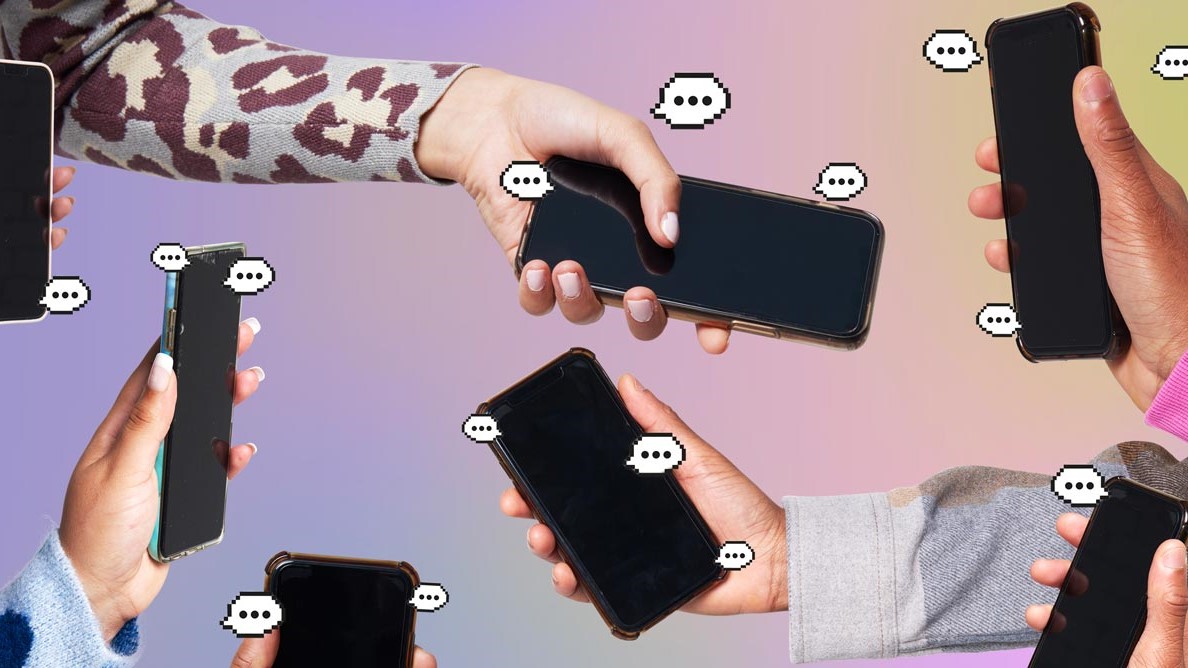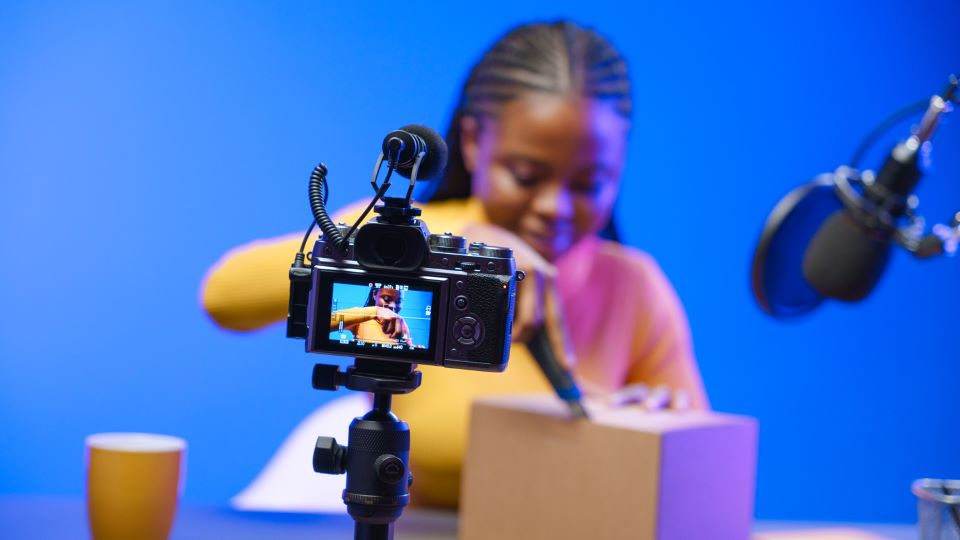Welcome to The Week in Generative AI, a weekly column for marketers from Quad Insights that quickly sums up need-to-know developments surrounding the rapidly evolving technology.
Midjourney AI looks for a bigger picture
The AI-based art generation tool Midjourney recently introduced new functionality it calls Zoom Out. Much like Adobe Firefly’s Generative Fill tool, Zoom Out empowers users to manipulate the background of an image in a sophisticated and intricate manner. With the Zoom Out feature, users can extend the scope of an image, essentially zooming out of the original picture to reveal a more expansive view and integrate new elements to it.
Christop Schwaiger of Tom’s Guide ran a series of prompts through this new feature and came to the conclusion that “with Zoom Out, less is more,” meaning that by using simple prompts he was able to build desired scenes with multiple iterations. Schwaiger’s overall objective was to “test Midjourney’s limits, and to its credit, nothing wonky stands out if someone just gives my end results a quick glance.”
Although both Midjourney and Adobe Firefly are generative AI tools capable of producing images based on text prompts, they each have their unique strengths. Midjourney has been lauded for its ability to generate multiple images from a single prompt, allowing users to pick the one that best suits their needs. It’s currently accessible through a Discord bot, making it relatively easy to use for users familiar with this platform.
Related coverage:
• “Midjourney AI photo editor adds mind-boggling Zoom Out feature you need to see to believe” (Boy Genius Report)
• “How easy is it to fool AI-detection tools?” (The New York Times)
OpenAI on iOS
Recent updates to the OpenAI iOS app incorporate a significant new feature: integration with Microsoft’s Bing. Paid users of the app — i.e., those who subscribe to the $20-per-month ChatGPT Plus plan — can now access up-to-date information surfaced by Bing.
This integration was announced by Microsoft, which made a multibillion-dollar investment into OpenAI earlier this year. Emma Roth writes in The Verge that “the integration is already available as a beta to Plus users in the ChatGPT web app, which knows when and how to browse the internet to answer questions about recent topics and events.” That’s in contrast to the free version of ChatGPT which is limited to information up to the year 2021.”
Related coverage:
• “ChatGPT maker OpenAI faces a lawsuit over how it used people’s data” (The Washington Post)
• “Authors sue OpenAI claiming mass copyright infringement of hundreds of thousands of novels” (The Hollywood Reporter)
United States seeks restrictions on AI chips bound for China
The U.S. is considering stricter export restrictions to prevent China from obtaining advanced AI chips. The Commerce Department could implement these new controls as early as next month, which would include blocking exports of Nvidia’s A800 chip to China. In The Wall Street Journal, Asa Fitch, Yuka Hayashi and John D. McKinnon note that back in October, the Commerce Department “implemented a range of stringent export control measures on advanced semiconductors and the chip-making machinery, but it has not issued formal regulations to codify the rules.”
These new measures build upon existing regulations that require companies to obtain licenses before exporting such technology to China, as the U.S. is concerned these chips could strengthen the Chinese military and aid in the development of advanced supercomputers. Current controls already impact Nvidia, a maker of GPUs for AI programs, yet there are indications of continued large-scale GPU shipments to Chinese firms, including TikTok parent ByteDance and e-commerce giant Alibaba.
Related coverage:
• “China’s Baidu claims its Ernie Bot beats ChatGPT on key tests as A.I. race heats up ” (CNBC)
• “US is planning new AI chip export controls aimed at Nvidia” (Bloomberg)
• “The A.I. chips war could heat up this summer” (The New York Times)
• “Focus: Inside China’s underground market for high-end Nvidia AI chips” (Reuters)
Further reading
• “People Hire Phone Bots to Torture Telemarketers” (The Wall Street Journal)
• “Baseball scouts call in artificial intelligence help from the bullpen” (The Wall Street Journal)
• “New Gen Z graduates are fluent in AI and ready to join the workforce” (The Washington Post)
• “Oracle adds generative AI to its human resources software” (Reuters)
• “Microsoft is already offering a generative AI certification program” (Engadget)
• “How to tackle AI — and cheating — in the classroom” (Wired)
Thanks for following along as we continue our coverage on the generative AI beat. See you next Friday.
Previously: “The Week in Generative AI: June 23, 2023 edition”



